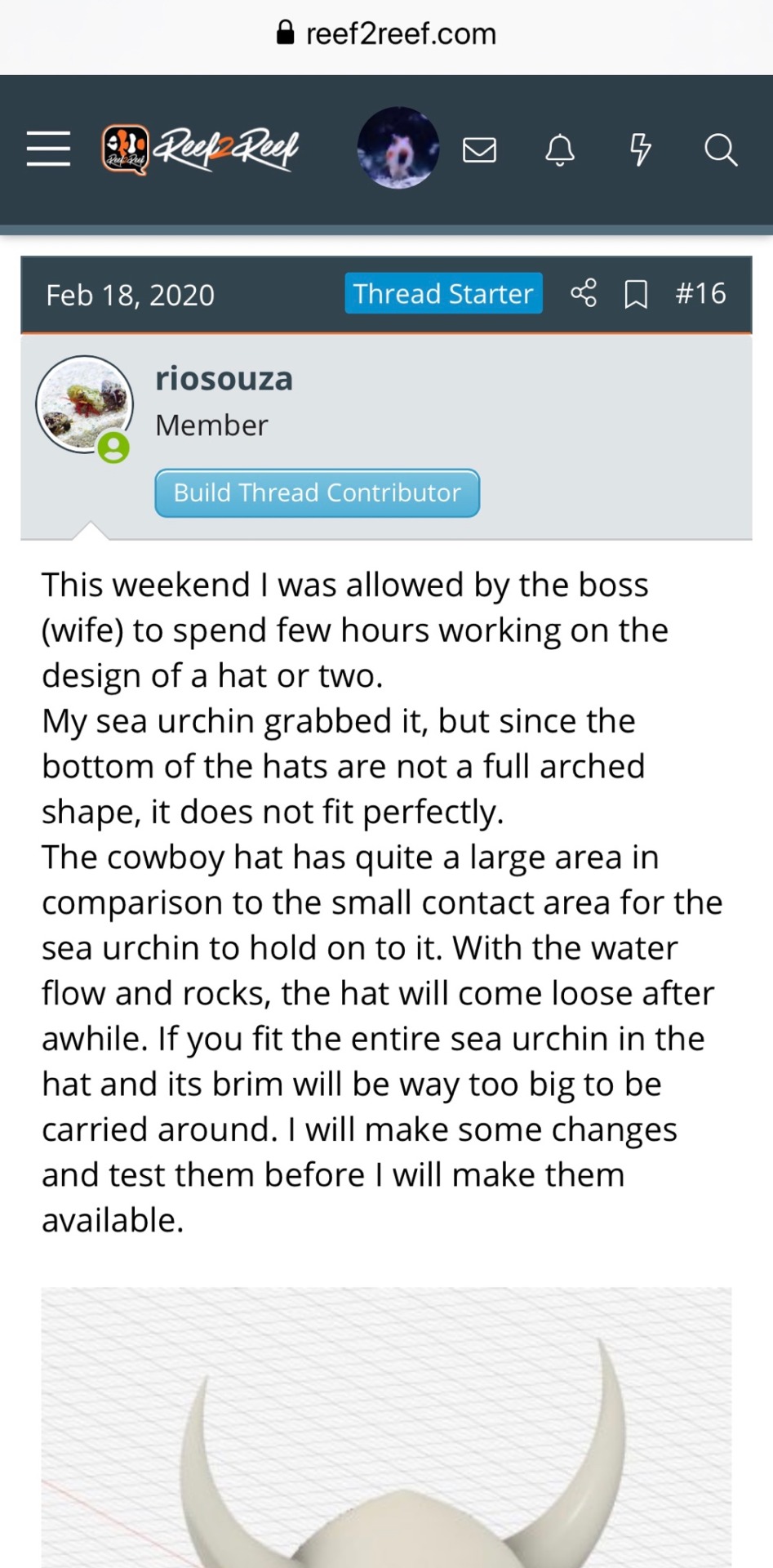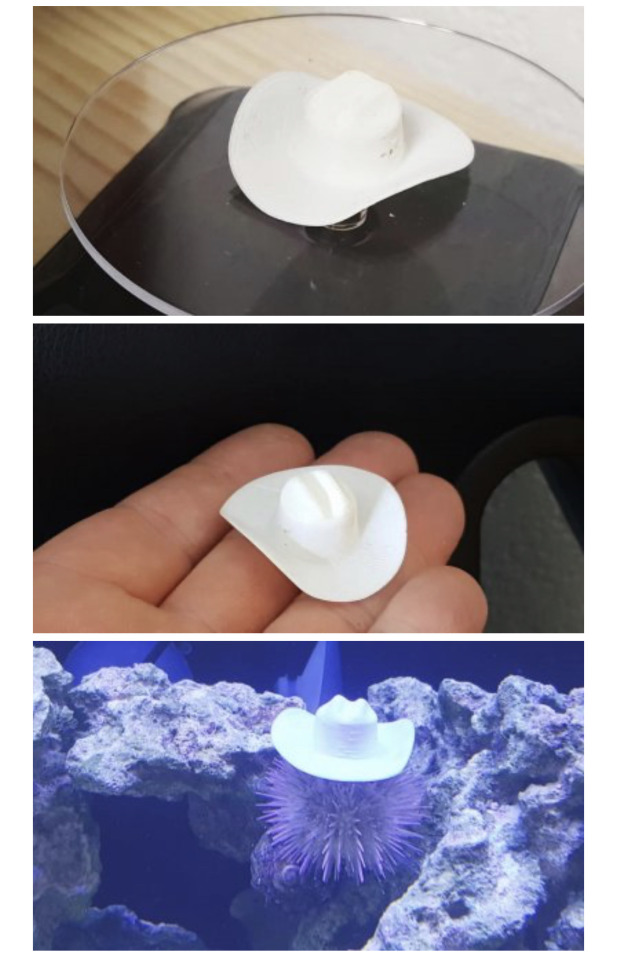Echo, he/him, 30s. There will be occasional adult content and I'd really prefer if minors don't follow me. Other than that, my DMs are always open and I love weird anon questions.I will block for fandom drama of any kind and I don't tolerate censorship or exclusionary bullshit.
Don't wanna be here? Send us removal request.
Text

I’m still thinking about how much this made me laugh thank u felix
64 notes
·
View notes
Text

He means a little squeeze bottle with brine shrimp inside but… bottle feeding the loblings…
23K notes
·
View notes
Text
i hate dogs with blue eyes. why is fucking jeff the killer at my back door
207K notes
·
View notes
Text


Agdgsgsgsg I’m LIVING for this Reef2Reef thread. This guy was worried about his urchins getting sunburnt so he made them little hats
266K notes
·
View notes
Text
okay, yes, I know that comma isn't supposed to be there but I want the reader to take a breath! I want a pause! Stop trying to correct me, I'm trying to control the flow of reading
42K notes
·
View notes
Text
Just saw a post asking how tall people are and now I want to make it a poll. Apologies to people in the fringe height categories, you do not get specifics.
I had to consult a chart for this
14K notes
·
View notes
Text
I think the first step towards the life you want is often to just say yes to more things. Accept that coffee invitation from your coworker even if it seems awkward. Sign up for that free class at the library that you're not sure you'll like. Join that club. Book that tour. Say yes to as many things as you can and kill the part of your brain that gut-reacts with a no.
37K notes
·
View notes
Text
Seiya taking hacks with a katana.
49K notes
·
View notes
Text
Fuck you *migrates to another environment and evolves entirely new characteristics over thousands of years*
22K notes
·
View notes
Text
My girlfriend is annoyed that I insist our lesbian sheep roleplay is zoologically accurate and thus we can't have sex, we just face away from each other and wait for the other to top
18K notes
·
View notes
Text

#come on man they got tiny little arms#takes like ten of them holding hands to get anywhere near a hug#you want a hug from each individual one? that's just bugs landing in you#have some respect for the teamwork
3K notes
·
View notes
Text
A couple job interview hacks from someone who has to give a job interview every single goddamn day: (disclaimer: this goes for my process and my company’s process, other companies and industries might be different)
1. There are a few things I check and a few questions I ask literally just to figure out if you can play the game and get along with others in a professional setting. Part of the job I interview for is talking to people, and we work in teams. So if you can’t “play the game” a tiny bit, it’s not going to work. Playing the game includes:
- Why do you want to work here? (just prove that you googled the company, tell me like 1 thing about us, I just want to know that you did SOME kind of preparation for this interview)
- Are you wearing professional clothing? I don’t need a suit just don’t show up in a ratty t-shirt and sweatpants.
- Are you able to speak respectfully and without dropping f-bombs all the time? Not because I’m offended but because I don’t want to be reported to HR if you wind up on my team.
- Can you follow simple directions in an interview?
2. Stop telling me protected information. I don’t want to know about what drugs or medications you’re on, I don’t want to know about you being sick, I don’t want to know if you’re planning to have children soon, I don’t want to know anything about your personal life other than “can you do the job?”
3. When we ask, “What questions do you have for me?” here are my favorites I’ve heard: - What does the day-to-day look like for a member of your team?
- If one of your team members was not performing up to his usual standard, what steps would you take to correct that?
- What can I start doing now to accelerate my learning process in this job?
- What are some reservations you have about me as a candidate? (be ready for this emotionally….it will REALLY help you in the future, and I’ve had people save themselves from a No after this, but can be hard to hear)
- In your opinion, what skills and qualities does the ideal candidate for this job possess?
- What advice would you give to a new hire in this position/someone who wanted to break into this industry, as someone who has worked here for a while?
Those are just my tips off-the-cuff. I work in sales in marketing/SAAS, so these can be very different depending on the industry, but I wish the people I interview could read this before they show up.
57K notes
·
View notes
Text
Go behind-the-scenes of Game Changer: One and Done - now on Dropout!
339 notes
·
View notes







